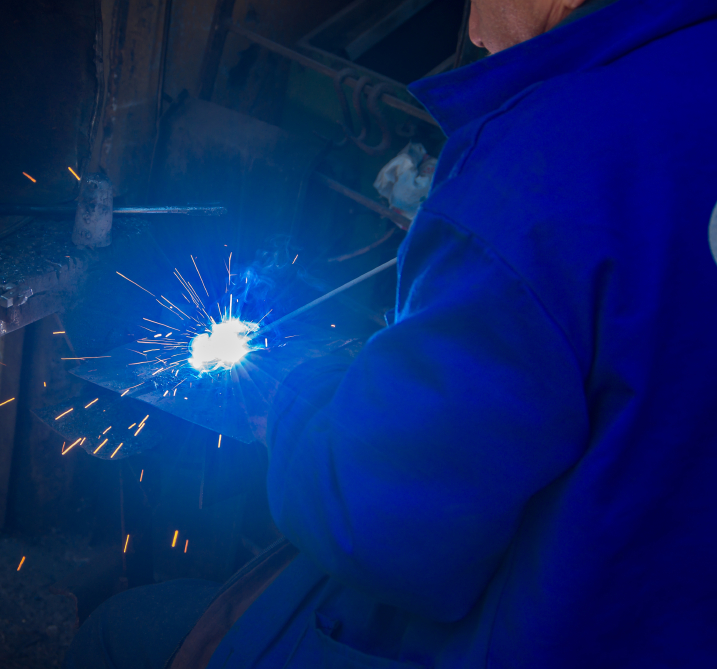
|
Here’s how you can prevent arc flash incidents and injuries.
Make a Plan
Employers should create a written plan outlining all aspects of their electrical safety program, including work permits, hazard assessment, maintenance procedures, and responsible personnel.
Join us on Tuesday, September 1, for our in-depth webinar, OSHA Citations: When and How to Contest Them to Maximize the Benefit to Your Company
The National Fire Protection Association (NFPA) lists six steps to ensure conditions for electrically safe work that should be included in your written program:
- Identify all sources of power to the equipment. Check applicable drawings, diagrams, and identification tags.
- Remove the load current, and then open the disconnecting devices for each power source.
- Where possible, visually verify that blades of disconnecting devices are fully open or that drawout-type circuit breakers are fully withdrawn.
- Apply lockout/tagout devices properly.
- Use a voltage detector to verify that the equipment is de-energized. Check the voltage detector before and after each test to ensure it is working.
- Properly ground all possible sources of induced voltage and stored electric energy before touching.
Equip Workers
In situations where qualified workers must work on energized equipment, proper use of personal protective equipment (PPE) and electrical protective equipment such as insulated footwear and gloves, nonconductive tools, and flame-resistant clothing helps to reduce the hazard.
It can be a paralyzing moment when an OSHA inspector knocks at your door. How should you react? Should you welcome the inspector in or lock the door and get your lawyer on the phone? Click here to learn more!
Train Workers
Workers must be trained to follow safe work practices and use all PPE and other equipment properly.
Share the following tips with workers who must work on energized electrical equipment:
- Always inspect equipment and work areas for arc flash hazards and risks when you enter an area with live electrical equipment.
- Whenever possible, always de-energize and lock out equipment before performing work on it.
- Wear all required PPE, and inspect it before each use to make sure it is in good condition and rated for the specific use that your work calls for.
- Exercise caution and follow the safe work practices outlined in the written program.
- Report and do not use damaged electrical equipment, testing equipment, or other tools.
Want to help workers avoid even more electrifying hazards? Safety.BLR.com® can supercharge your electrical safety program.
